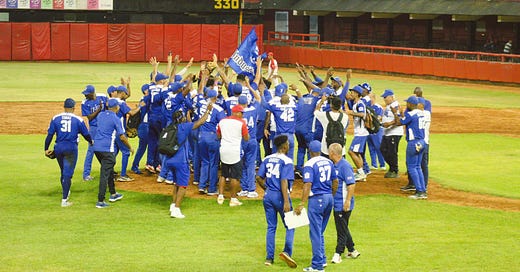October 17, 2004
Kevin Millar led off the bottom of the ninth inning by walking in a five-pitch inning against Mariano Rivera. Red Sox manager Terry Francona replaced Millar with pinch-runner Dave Roberts.
Yankees closer Mariano Rivera veered to first three times to try to surprise Roberts. On the next pitch, Roberts stole second, and the Red Sox put the …




